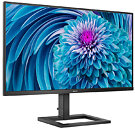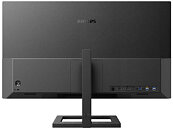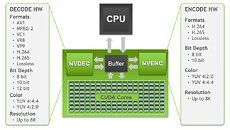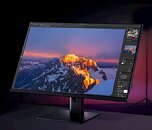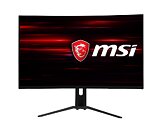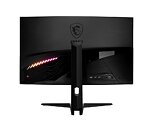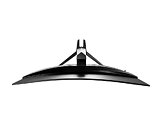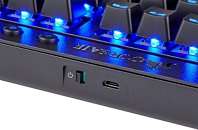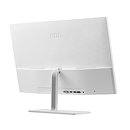
EA Details How ML & AI Bolstered Development of Latest Madden & College Football Titles
On June 1, 1988, the very first Madden video game was released to the world. Players needed to load up either a Commodore 64/Commodore 128, Apple II, or MS-DOS to launch the game. When they did, they were greeted with 8-bit animations of the NFL's most popular teams and found themselves controlling their favorite players to try and win themselves a Super Bowl. And at that time, it was amazing. Thirty-seven years later and EA SPORTS hasn't stopped advancing Madden and our American Football games.
Most recently, we launched EA SPORTS Madden NFL 25 and College Football 25, which are tentpoles of our beloved American Football Ecosystem. Yet our football games are no longer blocky pixels and four-directional controls. They're among the most realistic sports simulation titles on the planet. We even celebrated the recent Super Bowl weekend with these titles and our very own Madden Bowl, featuring championship games and incredible music all in the heart of New Orleans. This is in no small part due to the incredible teams and their mission to make our games better every single year. And technology plays a critical role in making this happen.
Most recently, we launched EA SPORTS Madden NFL 25 and College Football 25, which are tentpoles of our beloved American Football Ecosystem. Yet our football games are no longer blocky pixels and four-directional controls. They're among the most realistic sports simulation titles on the planet. We even celebrated the recent Super Bowl weekend with these titles and our very own Madden Bowl, featuring championship games and incredible music all in the heart of New Orleans. This is in no small part due to the incredible teams and their mission to make our games better every single year. And technology plays a critical role in making this happen.













































